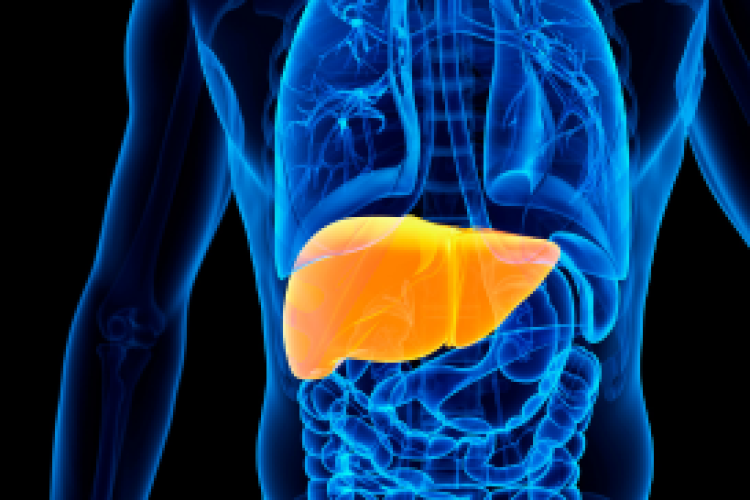After a person has a heart attack or after a major cardiac procedure, cardiac rehabilitation (rehab) is an important part of the recovery process. Cardiac rehab helps a patient to return more quickly to normal and often improved function. It can help prevent another heart attack and help in learn heart-healthy habits.
In February, Montefiore Nyack Hospital opened a new 2,500 square-foot Cardiopulmonary Rehabilitation Center, in partnership with Burke Rehabilitation Hospital, featuring the latest exercise equipment, a locker and changing area, and a new parking area with designated parking spaces.
“Cardiac rehab helps patients improve their cardiovascular fitness and quality of life, and has been shown to reduce readmission to the hospital,” said Duane Bryan, MD, Chief Medical Director of Nuclear Cardiology at Montefiore Nyack Hospital. “Studies show cardiac rehab reduces morbidity and mortality from heart related diseases.”
The behavioral modification aspect of a cardiac rehab program results in patients having better blood pressure, lower cholesterol levels, and improvement in their diabetes control, Dr. Bryan noted.
Who Can Benefit From Cardiac Rehab?
A person who has had a heart attack or a heart procedure such as bypass surgery or a stent is a good candidate for cardiac rehab. “It’s also open to other people with heart problems, such as a history of heart failure or angina related to heart disease,” he said. “Unfortunately less than 30% of people truly eligible for the program end up participating.”
Cardiac rehab features an individualized exercise program, usually three times a week for up to 12 weeks. “A person may start off with 15 minutes of aerobic activity, and ideally build up to 30 to 45 minutes,” he said. Each patient’s exercise program is devised by an exercise physiologist, under the supervision of a board-certified cardiologist.
The program also includes education about nutrition, smoking cessation, and stress reduction—all keys to a healthy heart. “Each patient’s needs and goals are different,” Dr. Bryan said. “The program is tailored to each individual to achieve the maximum benefit.”
After the initial three-month period, patients can continue with a maintenance program, for a fee that is usually not covered by insurance.
Lifestyle changes are a key component of cardiac rehabilitation, according to Murray Low, EdD, Director of Cardiac Rehabilitation at Burke Rehabilitation Hospital. “In our current healthcare system, we primarily focus on treatment with surgery and medication. But a revolution is occurring, based on evidence-based medicine, which has found that changes in lifestyle can significantly reduce many risk factors for heart disease.”
One large study found patients who were hospitalized for heart conditions or procedures who participated in cardiac rehab had a 58% lower death rate one year later, and a 34% lower death rate five years later, compared with similar heart patients who didn’t go through the program.
Dr. Low noted that about approximately 90% of the risk of heart disease is related to physical activity, diet and stress, with only 10% related to genetics. “You can’t select your parents, but you can change all your other risk factors,” he said. “Cardiac rehab can also help improve a patient’s quality of life so they can go back to what they love—whether it’s back to work, traveling or picking up their grandchildren.”



 Upcoming Events
Upcoming Events



